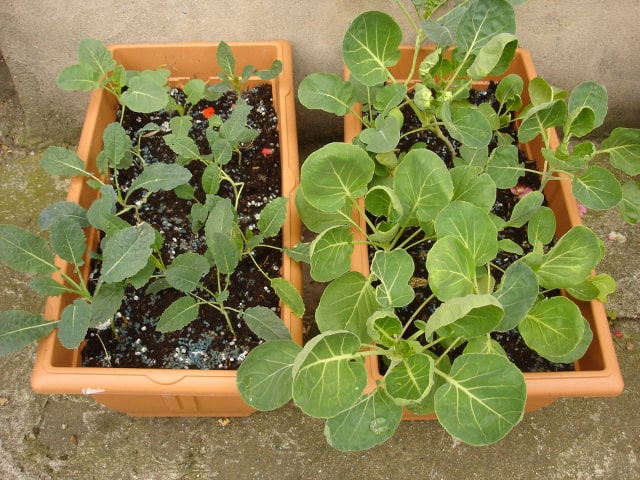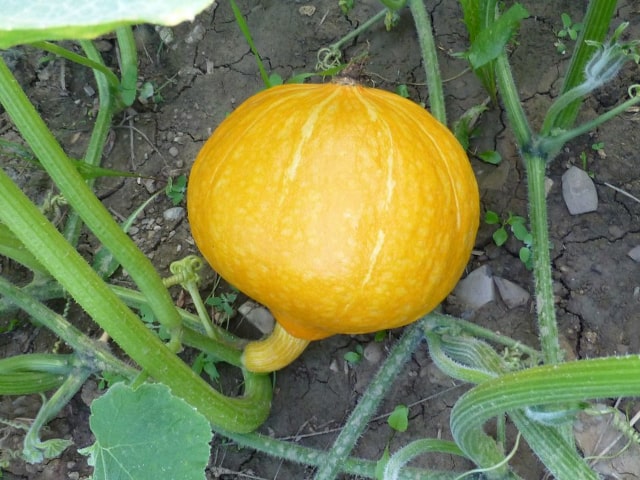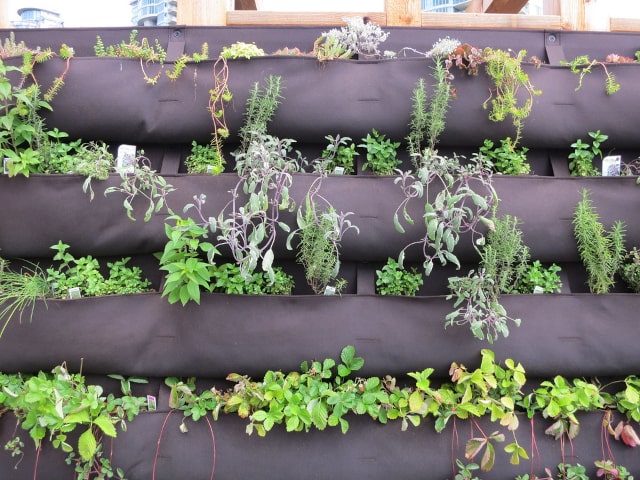
Do you have a small yard? It doesn't mean you can't enjoy gardening. The trick is to find a way to use the space you have to grow plants. It's actually possible to allocate a small space for a nice gardening bed where you can grow various plants. You will even be able to grow some vegetables for your kitchen!
That's right: just because you have limited space doesn't mean you need to give up on gardening. Growing vegetables is very rewarding and the best of all, it doesn't take much space. Even a tiny raised bed can be used to grow some veggies. A small gardening bed about 4x4 feet will do. You'll be surprised to see how many vegetables you can actually grow in that space.
Such a small bed allows you to grow vegetables almost anywhere. Find a small spot in your yard or find another suitable place. You don't need more than this tiny raised bed to grow your veggies.
If you have a bit more space you can build several of these tiny raised beds. Designate a different crop to each of them. After harvesting one crop simply plant another in its place.
These tiny garden beds require very little maintenance, since they don't attract weeds and other problems. They are surprisingly effective and will give you some fresh food for your kitchen.
Preparing a Raised Bed
Building a raised bed is not difficult. All you need is some time and materials. Take 2x6 inch boards to build the sides of your bed. The wood should be rot-resistant so it's best to choose cedar or composite lumber.
You may also choose pressure-treated wood since it's very affordable and easy to care for. If you opt for this make sure to use ACQ-treated (alkaline copper quaternary) lumber, since it doesn't contain arsenic.
If you are not particularly crafty you may even opt for a raised bed kit. You can get those kits in many home improvement stores.
Once you have your raised bed think about where to put it. Keep in mind that vegetables need at least six hours of sun per day, so keep them away from shadow and trees.
The next thing you need to think about is the soil. It should contain plenty of organic matter to make your veggies thrive. Go to a local gardening store and choose a good soil mix containing one third of each main ingredients: topsoil, compost and coarse sand. Alternatively, you may mix your own potting mix.
Once the soil is ready, don't forget to cover it with an inch of mulch. This will prevent weeds from attacking your raised bed.
The depth of the soil should be about 6 inches, unless your bed is built on concrete. In this case you will need a much deeper bed. Make sure it's at about 12 to 18 inches deep.
Choose Your Plants
After you have all of this prepared it's time to start planting. A key to success with tiny raised beds is to choose your veggies carefully. The goal is to make the best use of space, so it's useful to choose dwarf and compact varieties.
You should start with cool season veggies. Spinach and lettuce are good candidates. After them, go for summer crops, such as green bush beans or determinate tomatoes. In the fall, go back to cool season plants. This rotation will double or even triple the amount of produce you'll get from such a small garden.
Since the space is limited, avoid space hogs such as squash and sweet corn. You may, however, grow vining crops, such as peas and beans, but make sure to train them up a trellis. Growing vertically will save you some space.
Succession Gardening
The best way to maximize the produce is to apply succession gardening. It means going for seasonal switches and planting different crops at intervals in the same space. It guarantees a lot of produce.
Here is a suggestion on how to organize seasonal planting. The numbers represent how many plants to grow in a single square foot raised bed.
Spring:
- Cabbage (1-2)
- Broccoli (1-2)
- Cauliflower (1-2)
- Lettuce (4)
- Swiss chard (4)
- Peas (8)
- Leeks (9)
- Spinach (9)
- Radishes (16)
- Carrots (16)
- Onions (16)
Summer:
- Tomatoes (1)
- Eggplant (1)
- Peppers (1-2)
- Bush beans (9)
- Beets (9)
Fall:
Very similar to spring, but instead of peas you should grow kale:
- Cabbage (1-2)
- Broccoli (1-2)
- Cauliflower (1-2)
- Kale (1-2)
- Lettuce (4)
- Swiss chard (4)
- Leeks (9)
- Spinach (9)
- Radishes (16)
- Carrots (16)
- Onions (16)
Photo credit: Julian Walker




2 Comments
Do not use composite lumber or treated lumber of any kind for food. Chemicals leach into the soil. Use only cedar or redwood.
Thank you! Nicely done, just what I needed to know.